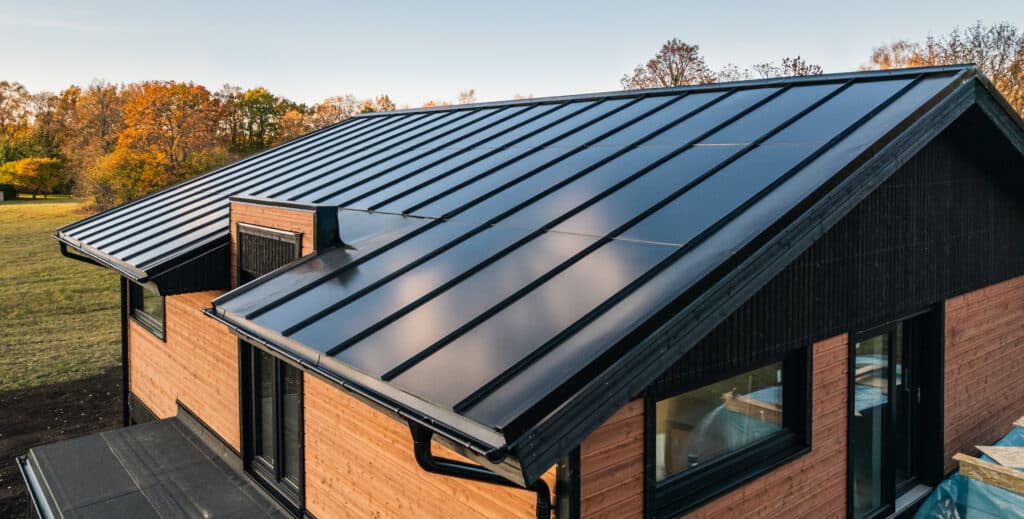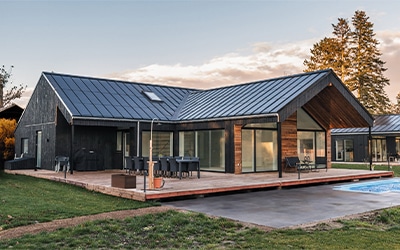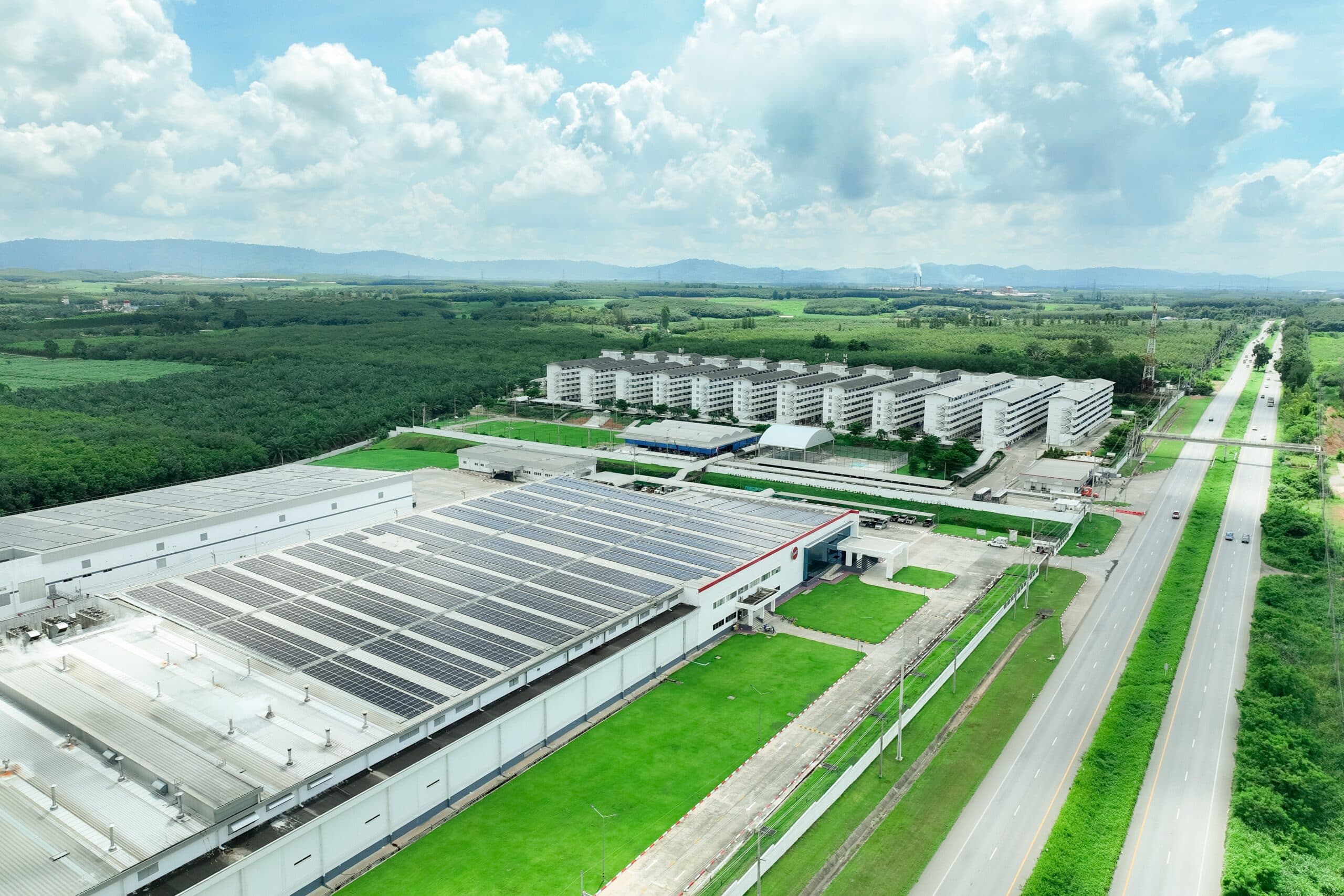By all accounts, solar energy feels like a modern invention – but did you know that people have been using different forms of solar technology since ancient times?
From lighting fires to chemical-powered cells, the history of solar energy is richly interwoven with human and scientific development.
In this article, we’ll break down some of the key periods in the history of solar energy, so you can see just how far we’ve come since the initial days of solar tech and how much potential there still is for future developments.
Let’s explore the history of solar energy!
Ancient Times: How To Play With Fire
Interestingly, solar energy has been used for several purposes for centuries.
Although ancient cultures didn’t have access to modern technology to harness sunlight as we do, people would use magnifying glasses to channel light into igniting fires as early as the 7th century B.C.
The Greeks and Romans continued this in the 3rd Century B.C. They would harness solar power with mirrors to help them light torches for ceremonies and religious events. These mirrors became known as ‘burning mirrors’ and are a great example of early solar technology.
The 1700s-1800s: Photovoltaic Technology Emerges
In the late 1700s and the 1800s, scientists began experimenting with technology more similar to the solar technology we know today.
In 1839, a French physicist, Edmond Becquerel, discovered the ‘photovoltaic effect’. He came across the effect whilst experimenting with electrolytic cells when realising that more electricity could be produced if the cells were exposed to the sunlight – effectively charging them.
Progress continued in 1876 when a group of scientists found that the chemical selenium could be used to turn light into electricity without any heat. This was further adapted in 1993 when the first solar cell was created using selenium as a main component.
The 1900-1960s: Nobel Prizes & Progress
In 1905, Albert Einstein published an essay that described the nature of light and the photoelectric effect (on which modern photovoltaic technology is based). This essay marked a huge step toward modern solar technology and won Einstein a Nobel Prize for scientific achievement!
In 1959, we saw the emergence of the first silicon P.V. cells as we know them today. Daryl Chapin, Calvin Fuller, and Gerald Pearson’s created the modern P.V. cell at Bell Labs, creating a cell that could power an electric device for several hours daily.
The first ever silicon solar cell invented could convert sunlight at a rate of four per cent efficiency, which is less than a quarter of what modern P.V. cells are capable of.
The 1960s-1990s: Solar in Space
Some of the first major commercial uses of P.V. solar panels came from NASA:
- In 1958, the Vanguard I satellite used small solar panels to power its radios. The Explorer III and Sputnik-3 were also both launched with P.V. technology installed.
- In 1964, NASA launched the first Nimbus spacecraft, a satellite that ran entirely on a 470-watt solar array.
- In 1966, NASA launched the world’s first Orbiting Astronomical Observatory, powered by a one-kilowatt array.
These developments showcased the power that PV cells had for a range of future functions.
The 1970s-2010s: Presidential Panels
In 1979, President Jimmy Carter had solar panels installed in the White House. This was one of the first major installations of solar panels – demonstrating the capability of domestic and commercial installations in the USA.
In the 1970s, America was suffering from an energy crisis, and the Carter administration was looking for ways to demonstrate hope for a viable solution. Upon completion of the installation, Carter spoke to the public and said:
“In the year 2000, this solar water heater behind me, which is being dedicated today, will still be here supplying cheap, efficient energy … A generation from now, this solar heater can either be a curiosity, a museum piece, an example of a road not taken or it can be just a small part of one of the greatest and most exciting adventures ever undertaken by the American people”.
The panels provided almost 75% of the energy needed to heat 1,000 gallons of water in the staff kitchen of the White House.
Unfortunately, they were removed during the Reagan administration’s resurfacing of the roof, but a more powerful modern set of panels was installed during Obama’s term – setting the tone for the next decade.
The 2010s to Modern Day: The Clean Energy Movement
By the 2010s, solar panels had become a commercially and domestically available energy source.
As they have become more advanced over the decade, they have increased in popularity – with many people choosing to add them to their houses or businesses as a source of clean energy production.
New additions to the solar market, such as solar tiles and integrated solar panels, also help to create a way to integrate solar technology into your home aesthetic without it looking obtrusive – further encouraging popularity in domestic settings.
As the cost of living is rising and grid energy prices are climbing, solar technology offers the modern public a way to gain energy independence.
In many ways, much like the earliest days of solar technology, as a society, we have learnt to re-embrace natural elements as core sources of sustainable energy production.
Could Solar Panels Work For You?
Now you’ve learnt all about the history of solar energy; you might be wondering if it could be a good fit for your home and business.
To discuss the possibility of a high-quality solar installation, get in touch with one of our Smartly Solar Experts today.
You can contact us using the live chat function at the bottom of this page for a fast response. Or, you can use our enquiry form or give us a call – we’re always happy to help.



